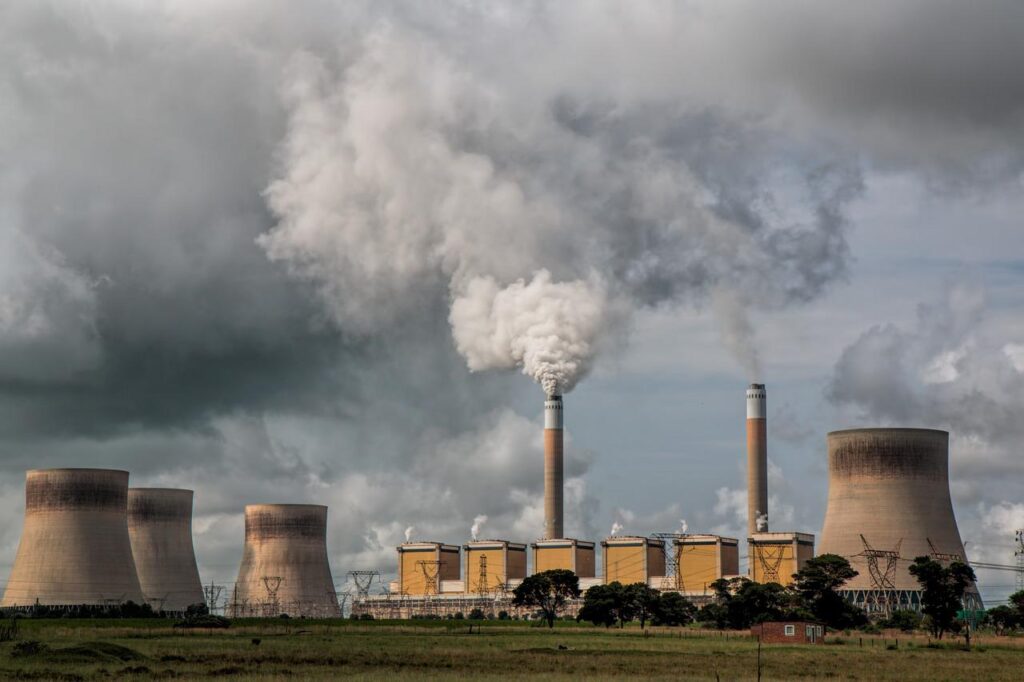United Nations To Police Methane Emissions With Satellites?
At the COP27 climate conference in Egypt, World leaders agree to use satellite technology to monitor methane emissions in an effort to reach previously set goals and reduce global emissions.
Currently, the United Nations is hosting its COP27 climate change conference in Sharm El-Sheikh, Egypt. The worldwide body has increasingly focused on addressing its climate change concerns and announced some interesting news Friday amidst its conversations. World leaders have agreed to launch a satellite-based system that will track methane emissions.
The international body named it the Methane Alert and Response System (MARS). It will use existing satellite systems to monitor large amounts of methane emissions. MARS “will use data from global mapping satellites to identify very large methane plumes and methane hot spots before attributing the emissions to a specific source,” according to ABC News.
It will all get monitored by the United Nations Environment Programme (UNEP), which already has an International Methane Emissions Observatory. According to the head of UNEP, Manfredi Caltagirone, “if we can reduce methane emissions in the short term, then we are effectively buying ourselves time to reduce CO2 emissions.” But why is this timing so important?
The United Nations has set a lofty goal. They hope to reduce methane emissions drastically in the coming years. The mission is to lower methane emissions by 30% by 2030, which is no small feat, especially since the world is far off target.
UNEP’s executive director, Inger Andersen, stated that “as UNEP’s Emissions Gap Report showed before this climate summit, the world is far off track on efforts to limit global warming to 1.5 C.” This reported gap is something the UN wishes to close. And that is where MARS enters the picture.
“The new system will use existing satellite technologies to gather data to allow governments and businesses to determine the right measures to mitigate emissions, according to the UNEP. It will also allow the UNEP to corroborate emissions reported by companies and characterize changes over time.” Ultimately, the goal will be to identify the source of large methane emissions so local authorities can address it.

According to Caltagirone, the data collected would get used to keep companies and countries “accountable.” They also plan to make the data publicly available. That visibility will last approximately 45 to 75 days after detection.
UNEP said that when they locate a spot with large methane emissions, it will track and monitor the area. That subsequent data collection will also be publicly available for the same window. The organization hopes that the visibility will encourage greater compliance from countries and companies.
The UN announcement has gaps of its own, however. The international body did offer guidance on what size a “large” methane emissions release is. Nor did it indicate how they intend to encourage compliance from companies or countries.
Based on the news out of the COP27, it appears MARS will only monitor the globe for the time being. There is no indication (at least currently) of whether or not the data collected will ultimately get turned into future policies. But the head of UNEP hopes this program will make a significant change.
He said that “more innovative systems like MARS, as well as collaborations among governments, businesses, innovators and philanthropic entities, will be necessary to approach the climate fight from all fronts.” But for now, keep an eye on news about the first data sets. It will certainly be interesting to see the true source of methane emissions.











